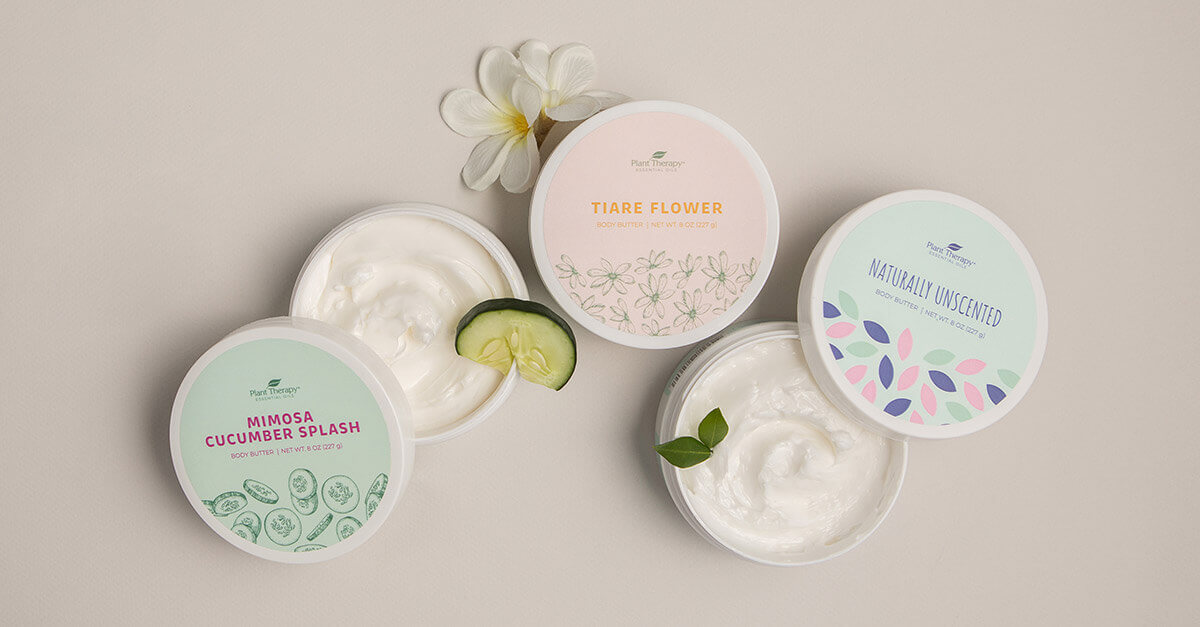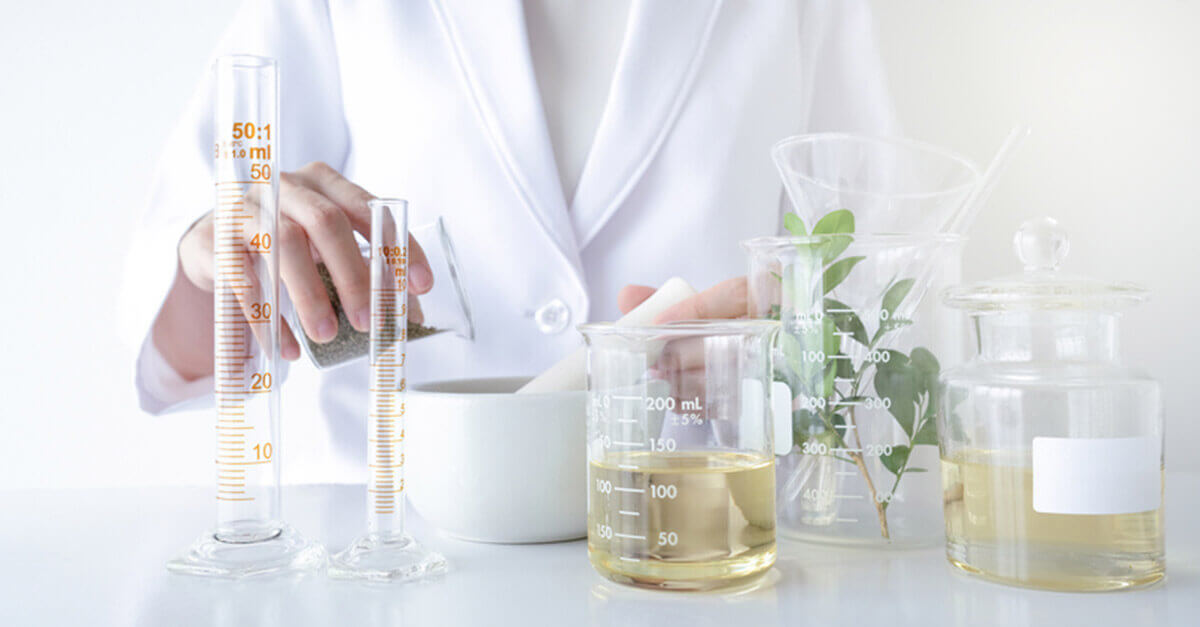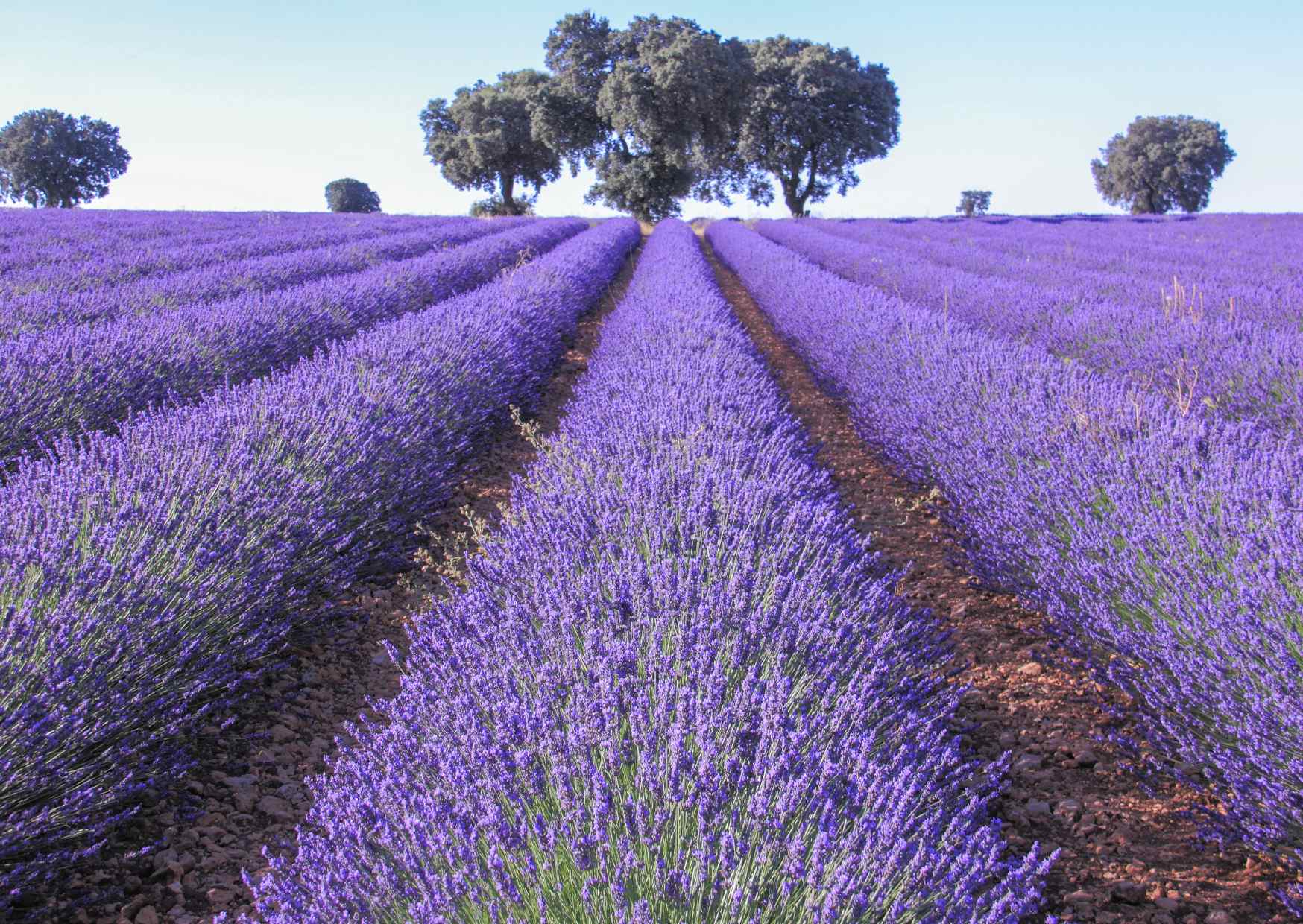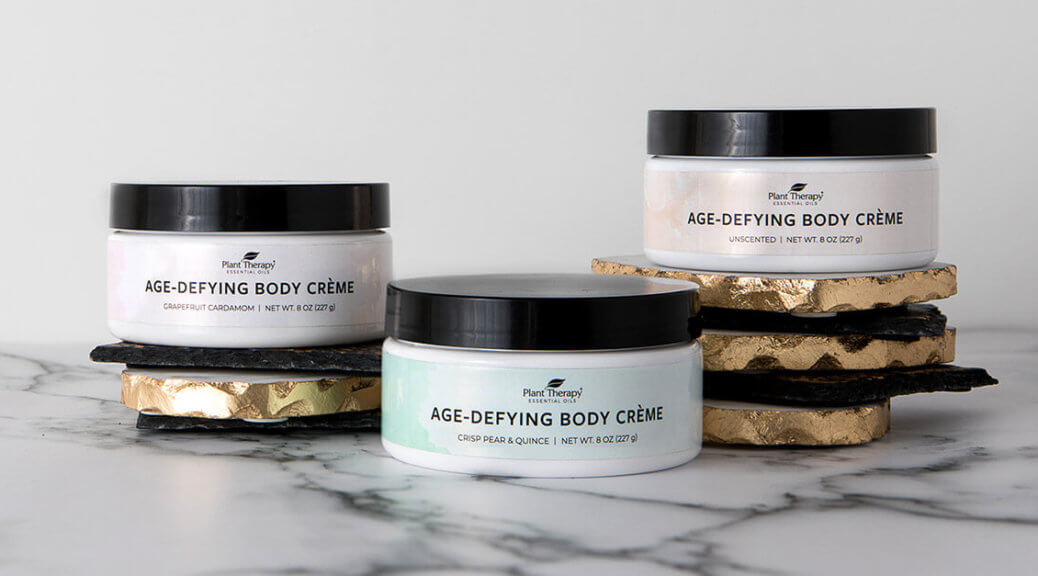Plant Therapy has recently launched some exciting new products, from lip balm to body butter, and the ingredients might look a little different. Why? Because in addition to essential oils, we’ve enhanced the scent and experience of these products using some natural fragrances and flavors. And we’re sure you’ve got questions about how they’re used and what they are!
With our commitment to transparency and to honor the trust our customers have in us, we want to tell you exactly what these natural fragrances and flavors are and what they mean to you.
What is a natural fragrance?

If you start looking at your perfumes, body sprays, colognes, even some cleaning products, you’ll notice ingredients are often called a “fragrance” or “perfume.” This term can really mean a whole cocktail of ingredients, ranging from synthetic ones to natural ones. But with the term “natural fragrance,” you can be sure that these fragrances contain only ingredients that are actually, physically obtained from plants using distillation, expression, and extraction. There is absolutely nothing synthetic about these fragrances.
We were able to create exciting and exotic fragrances in our new Body Crèmes and Body Butters by using only natural fragrance that comes from isolates, extracts, and essential oils. For example, our Grapefruit Cardamom Age-Defying Body Crème is scented using essential oils while the Crisp Pear & Quince Age-Defying Body Crème is scented with these isolates and extracts. But most importantly, you can trust that the scents and fragrances start in nature.

The International Fragrance Association (IFRA) only allows fragrances marked as “natural” when they align with the International Organization for Standardization’s ISO 9235. Generally, ISO 9235 does not allow synthetically reconstituted essential oils, synthetic nature-identical ingredients, and intentionally chemically modified natural raw materials to be described as “natural.”
This means that “natural” fragrances must actually be natural.
Why not just label these ingredients the same as our essential oil blends?

Each of our essential oil blends is made entirely from essential oils, absolutes, oleoresins, or extracts. Natural fragrances, however, are made up of isolates.
Isolates are naturally occurring single chemicals that have been “isolated” from their natural sources. This might sound a bit confusing, but it’s pretty easy to break down (and doesn’t make these fragrances less natural).
For instance, let’s take Geranium Bourbon. If you look at the GC-MS report, you’ll notice Geranium contains a ton of key constituents, including citronellol, geraniol, and linalool. It’s those constituents that are isolated from the entire essential oil mixture and can be purposed for other uses.
So when we create an isolate, we take the constituents that create the familiar scents we love and isolate them in order to capture even more complex fragrance blends.
How do you get an isolate?

There are other ways to get isolates, but fractional distillation is the most common. In its most basic sense, fractional distillation involves the separation of a liquid into fractions (different parts) that have different boiling points.
As plant material is heated, the vapor rises into a long column above the still. The vapor is repeatedly condensed and re-evaporated as it moves toward the top, which distills the vapor many times. The less volatile fractions in the vapor run back down the column after they condense, concentrating near the bottom. The more volatile fractions often re-evaporate and move upward, concentrating near the top. Because of this process, the column can be tapped at various levels to draw off different fractions – and give us different scents.
What is a “Natural Flavor?”

The FDA defines a natural flavor as “a substance extracted, distilled or similarly derived from plant or animal matter, either as is or after it has been roasted, heated or fermented, and whose function is for flavor, not nutrition.”
The U.S. Code of Federal Regulations describes a “natural flavorant” as:
“The essential oil, oleoresin, essence, or extractive, protein hydrolysate, distillate, or any product of roasting, heating, or enzymolysis, which contains the flavoring constituents derived from a spice, fruit, or fruit juice, vegetable or vegetable juice, edible yeast, herb, bark, bud, root, leaf, or any other edible portions of a plant, meat, seafood, poultry, eggs, dairy products, or fermentation products thereof, whose primary function in food is flavoring rather than nutritional.”
But this doesn’t necessarily mean the “natural flavors” in your cereal are simply crushed-up fruits and nuts. Instead, they’re probably made of chemicals originally found in blueberries, isolated and enhanced, then added into your foods (or lip balms) in a lab. That does not mean they’re not natural. Just like fragrances, these are isolated pieces of a natural product that we can use in making things (like lip balm) to give them the desired flavor.
Artificial flavors, on the other hand, are usually entirely man-made, as opposed to being made from a natural source. If the distinction seems a little hard to understand to you, you’re not alone. Here’s a basic breakdown:
- Natural flavors: Flavors made with an extract from an actual fruit/vegetable/plant that grows in nature.
- Artificial flavors: Flavors made in a test tube by scientists.
What does all of this mean for you?

By using isolates, along with pure essential oils and their natural compounds, we can offer our customers a much wider variety of amazing aromas to use when scenting your home, flavoring your lip balms or adding fragrance to your body care products. It gives us an opportunity to make some really unique blends that are all completely natural, yet unlike anything we’ve carried before.
We sincerely hope you enjoy our natural fragrances and are as excited about this new aroma and flavor adventure as we are!
Interested in learning more about the International Organization for Standardization? Here, you can find information on ISO 9235: https://www.iso.org/obp/ui/#iso:std:iso:9235:ed-2:v1:en
You can also learn more about isolates in this blog post.
If you have any questions or concerns please feel free to reach out to us at aromatherapist@planttherapy.com. And don’t forget to join our Facebook group, Safe Essential Oil Recipes (SEOR), for information, recipes, and just about everything you could ever want to know about essential oils!



